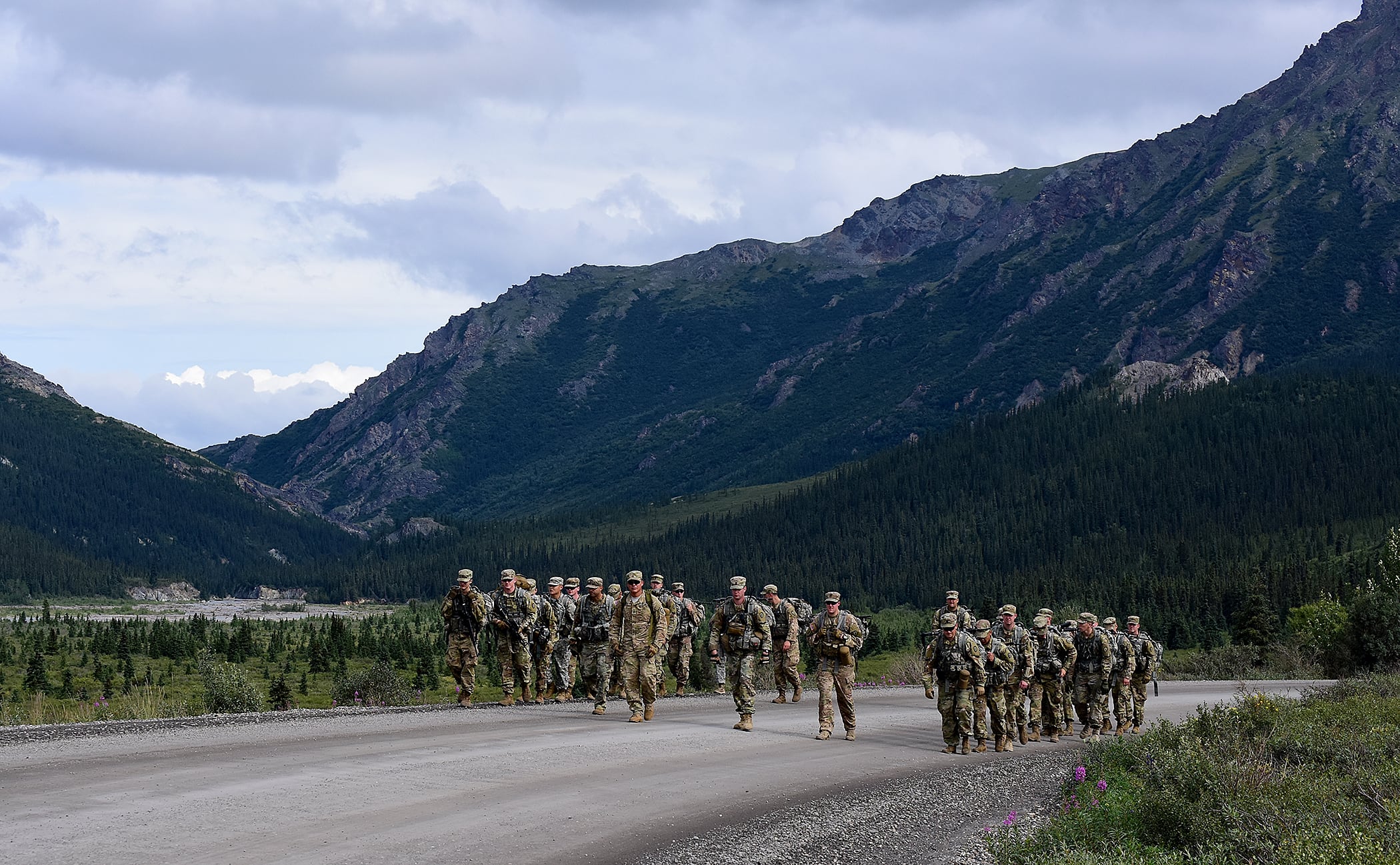Enlisted soldiers only use about half of their meal entitlement each month, and lawmakers want to know where that unspent money has been going, so it can be re-appropriated, or allow for soldiers to spend it in a “campus-style” dining system instead.
The Army subsidizes meals through basic daily food allowances. Soldiers who live in barracks, for instance, can use their common access cards to purchase food at dining facilities on base. However, the proximity of those facilities, and the quality of food offered, has in the past created situations where soldiers forgo spending their entire allowance and opt to eat elsewhere.
But those soldiers don’t get their money back.
“Obviously none of us want to see an already cash-strapped soldier leave $170 a month on the table, let alone spend additional money out of their pocket to eat,” said Rep. Tim Ryan during an Army budget hearing Tuesday before the House Appropriations Committee.
The Ohio lawmaker praised the Army’s move toward a campus-style dining concept, in which soldiers will be able to use their meal entitlements not just in the dining facilities, but also in Army and Air Force Exchanges, MWR facilities and even someday off-base establishments.
“It’s essentially a system similar to that which most colleges and universities have had for decades," Ryan noted.
But as it stands, the approximately $170 left unspent by each soldier every month adds up to hundreds of millions of dollars over the course of a year that’s unaccounted for, he added.
“Either the Army dining facilities are purchasing and preparing three meals a day per soldier, and then wasting half the food, or the money is not being spent on the soldiers’ food and it’s being spent on something it’s not appropriated for," Ryan said. "I’m not really sure what’s worse.”
Secretary of the Army Ryan McCarthy said he plans to check with his finance staff to find out where the unspent funds end up each year. He added that the service has been making changes incrementally, such as by adding kiosks to new barracks so soldiers can purchase “grab-and-go” meals without traveling across post.
RELATED

“It’s been a challenge, because we’ve seen the lack of participation at large volumes in the chow halls,” McCarthy said. “There have been a lot of investments that have been made in the chow halls to also change the menus.”
But Ryan’s line of questioning, which the House Appropriations Defense subcommittee chairman agreed needed to be answered, got to a larger issue about military spending.
“We’re spending a ton of money on these programs, and this is just one example around food,” Ryan said. “Here’s a perfect example of how we can save money in the military."
The total amount of funds associated with food allowances is small compared to the Army’s entire $178 billion budget request for fiscal 2021. However, House Appropriations lawmakers only have $2.5 billion in discretionary funds to spread across 11 other subcommittees that don’t involve the Pentagon.
“I want to find out where this money is going so we can find out how to re-purpose it," Ryan said.
As the Army considers a campus-style dining system, Ryan cautioned that any plans to change meal entitlements should be relegated to where and how soldiers are allowed to spend basic daily food allowances.
What the Army should not do is seek more funding for buying food in non-dining facilities — unless those funds are for technology upgrades, facility refurbishment or to make the campus-style dining concept work better, he added.
Kyle Rempfer was an editor and reporter who has covered combat operations, criminal cases, foreign military assistance and training accidents. Before entering journalism, Kyle served in U.S. Air Force Special Tactics and deployed in 2014 to Paktika Province, Afghanistan, and Baghdad, Iraq.





